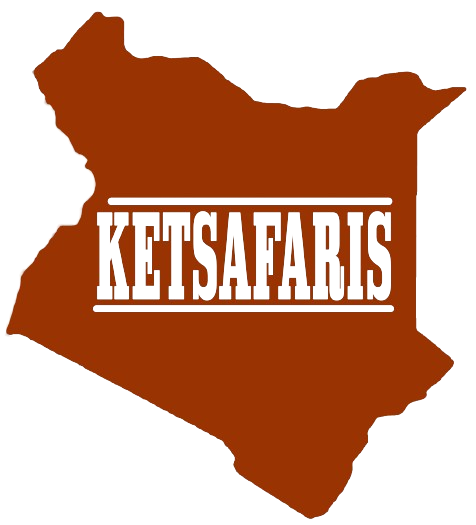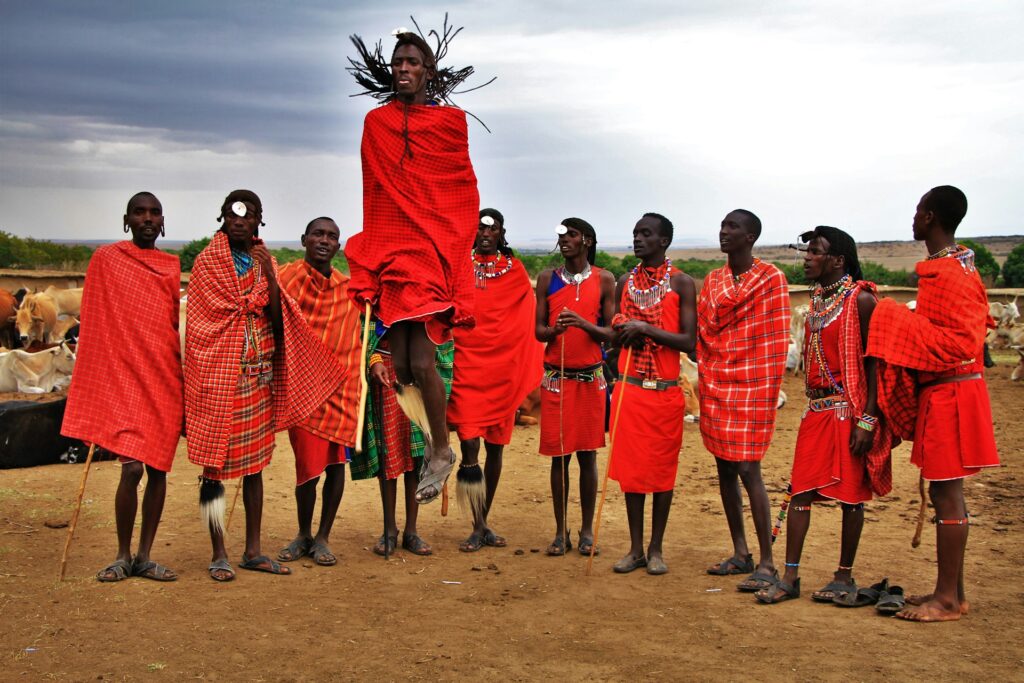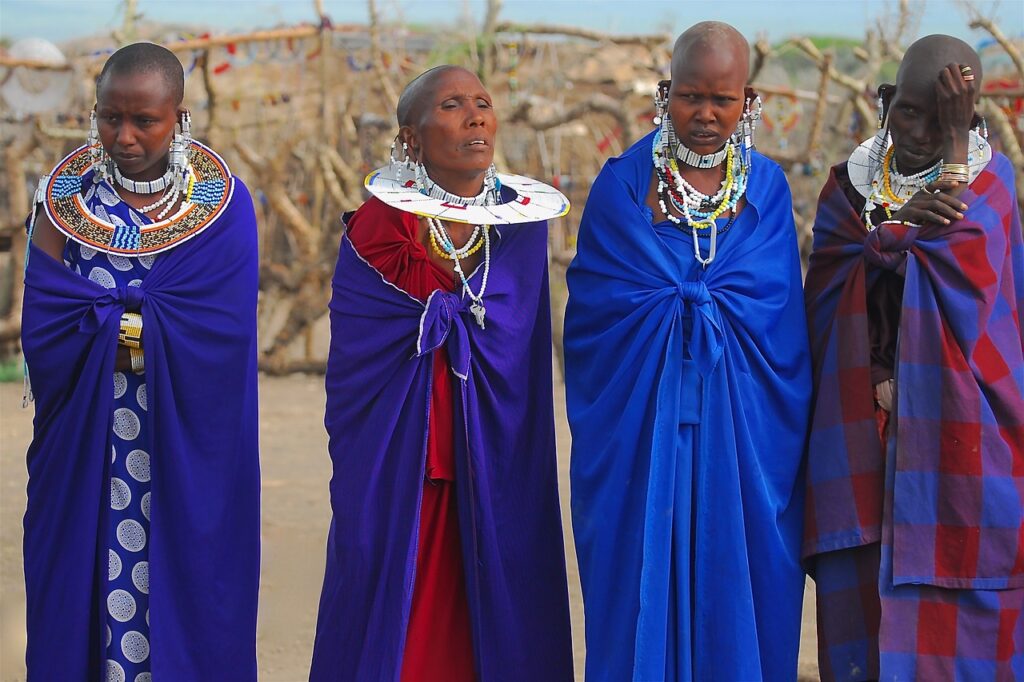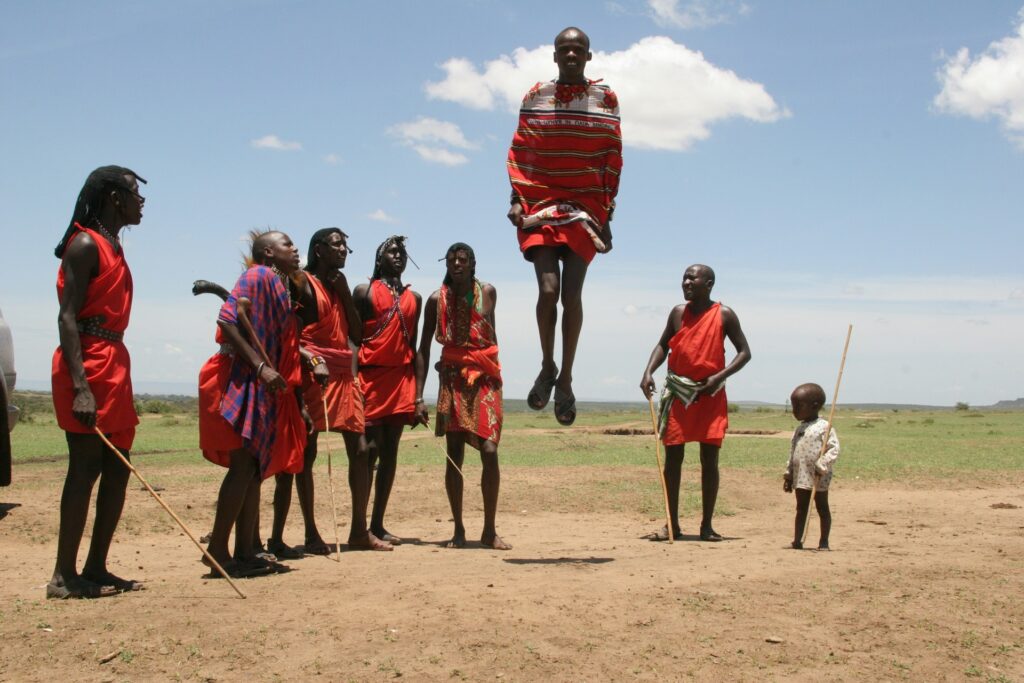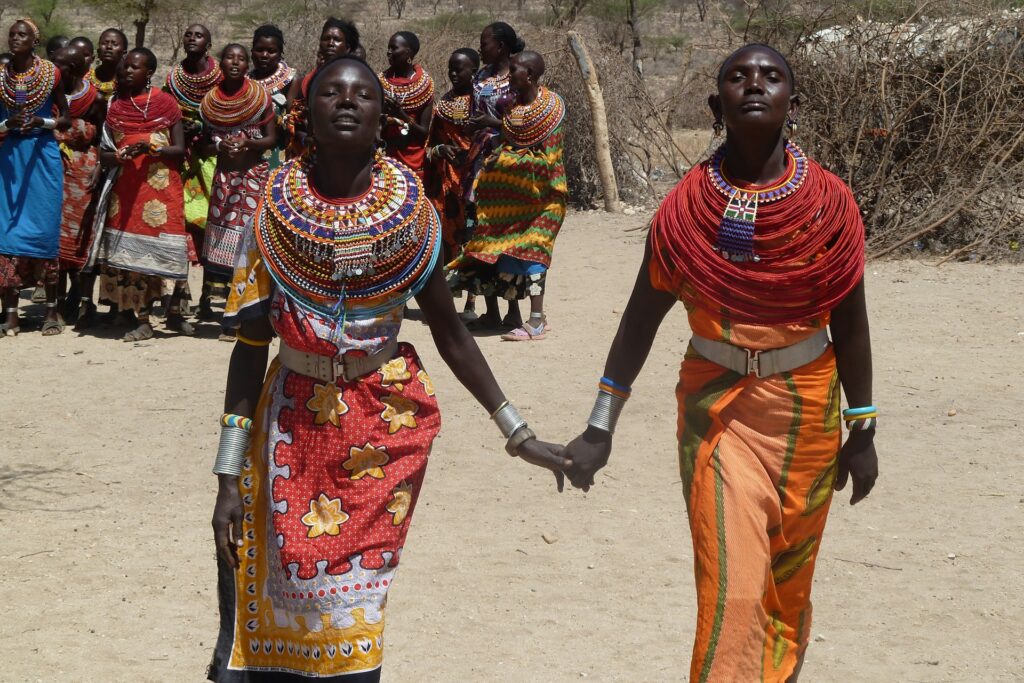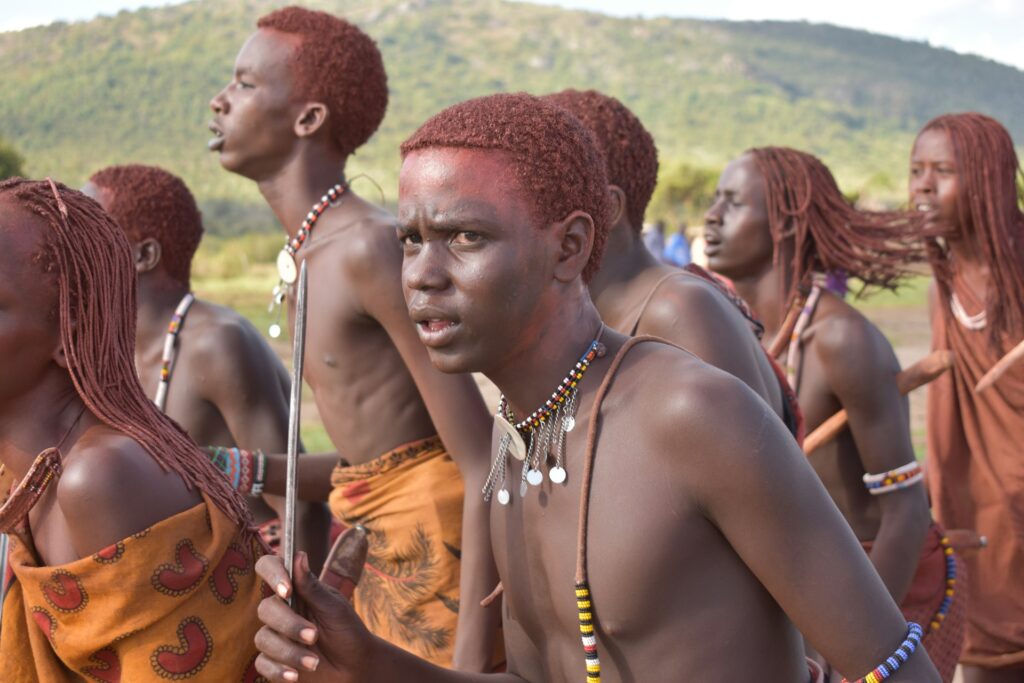- Home
- Destinations
- Experiences
- Jeep Safaris
- Masai Village
- Beach Safaris
- Hot Air Balloon Safaris
- Gorilla Trekking
- Kenyan Tribes & Culture
- Tanzania Tribes & Culture
- Uganda Tribes & Culture
- Rwanda Tribes & Culture
- Zimbabwe Tribes & Culture
- Things You Can Do in Kenya
- Things You Can Do in Tanzania
- Things You Can Do in Uganda
- Things You Can Do in Rwanda
- Things You Can Do in Zimbabwe
- Travel Information
- About Us
- Contact Us
